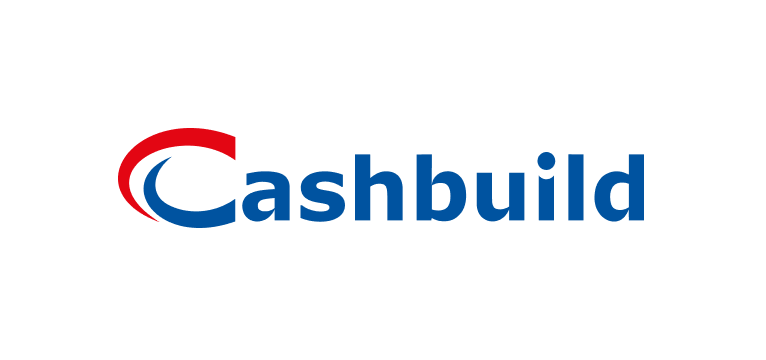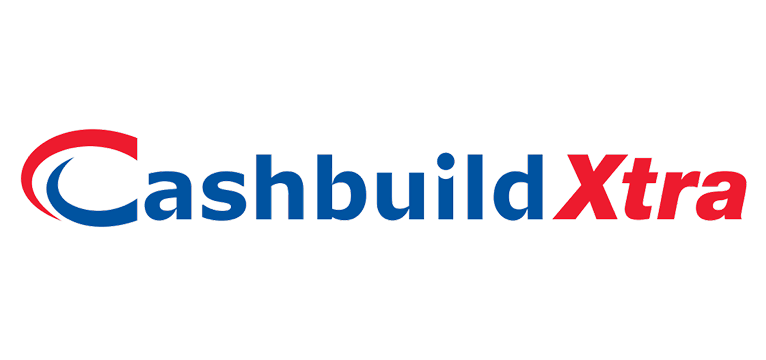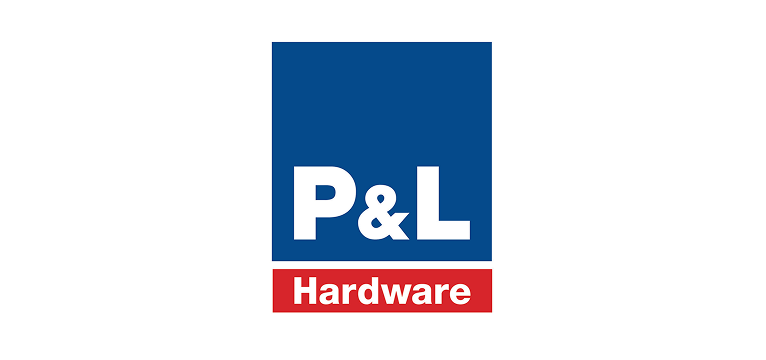
We've all become a lot more aware of the need to save water - and looming electricity tariff increases are making us more conscious of saving power too. Switching to showering instead of bathing can help you save both and is easier on the pocket too.
It's time to hit the shower and save water, electricity and money. Let Cashbuild help by showing how to install your own shower door.
Cashbuild is there to help you make the switch by showing how to install a pivot door for a shower cubicle. Pivot doors open like hinged doors but more smoothly. They're reversible so you can open them to the left or right. And they take up slightly less space when open.
Whether you're putting in a new shower or sprucing up an old one, here's how to set about it.
Tools Needed:
Spirit level, star and flat screwdrivers, pencil, silicone sealant, drill, 6 mm concrete drill bit, 3,2 mm HHS (high-speed steel) drill bit, measuring tape, rubber mallet, cable and pipe detector, canvas drop cloth, glass cleaner, paper towels, rubbing alcohol (to clean walls and the threshold before applying silicone).
Before You Begin:
- Check all the supplied hardware and fittings.
- Use the cable and pipe detector to check the position of electricity cabling and water pipes in the wall where you'll be working.
- All surfaces must be clean and dry.
- The shower base must be level.
Step by Step:
Measure from the point on the shower threshold where the door will pivot to make sure the door won't hit any obstacles when opened outwards. Reverse the door if necessary.
Step 1:
Drill holes through both wall channels (curved channels) of the outer frame into the wall (or corner post). Insert wall plugs into the holes.
Step 2:
Use the 8 x 50 mm screws supplied with the door to secure one channel to the wall closest to the pivot. (Make sure the rounded side of the channel faces the outside of the shower.) Slide the door frame into this channel (a). Slide the other wall channel on the opposite side of the door, rounded side facing outside (b). Make sure the channels and pivot frame are plumb (c).
Step 3:
Push the door frame back into place. Using the screws provided secure the second channel to the wall (or corner post) opposite the first. Use the plastic plugs provided to cover the fixing holes of the outer frame. If you need to adjust the movement of the door frame, loosen the two screws in the pivot block slightly and move the block until the door moves freely. Make sure the door magnets line up so the door operates properly. Insert the plastic plugs provided into the top and bottom of the pivot block to cover the screw holes.
Step 4:
Fit the splash guard by pushing it down then towards the sill rail until it clips into position.
Step 5:
Secure the door frame from the inside of the shower with the 8 x 9,5 mm screws provided. Cover the screw heads with the plastic caps. Apply silicone sealant where the outer frame meets the walls and shower base. Smooth the silicone immediately to create a neat join. Allow the sealant to set for 24 hours before using the shower.
Shower Tips:
Reduce use of water and electricity while showering with these practical steps.
- Long showers take their toll on water, electricity and your pocket so time your shower (an egg timer is perfect for the job) to limit your shower to four minutes (see below).
- Replace power shower heads with flow-restricting shower heads – they reduce the flow of water to 15 litres a minute. By doing this a family of four can cut their water use by about 9 600 litres a month.
Cashbuild stores are conveniently located throughout Southern Africa.
Did You know?
- A bath uses on average 140 litres of water. An average shower head dispenses 30 litres a minute so a four-minute shower would use 120 litres. Over a 30-day month a family of four would save 2 400 litres of water by showering instead of bathing every day.
- Cashbuild calculates you use on average 5,9 kWh (kilowatt-hour) of electricity when you run a hot bath. A shower uses only 1,73 kWh. That means you save nearly two thirds on your electricity consumption while still being able to enjoy a hot shower.
Related Products











